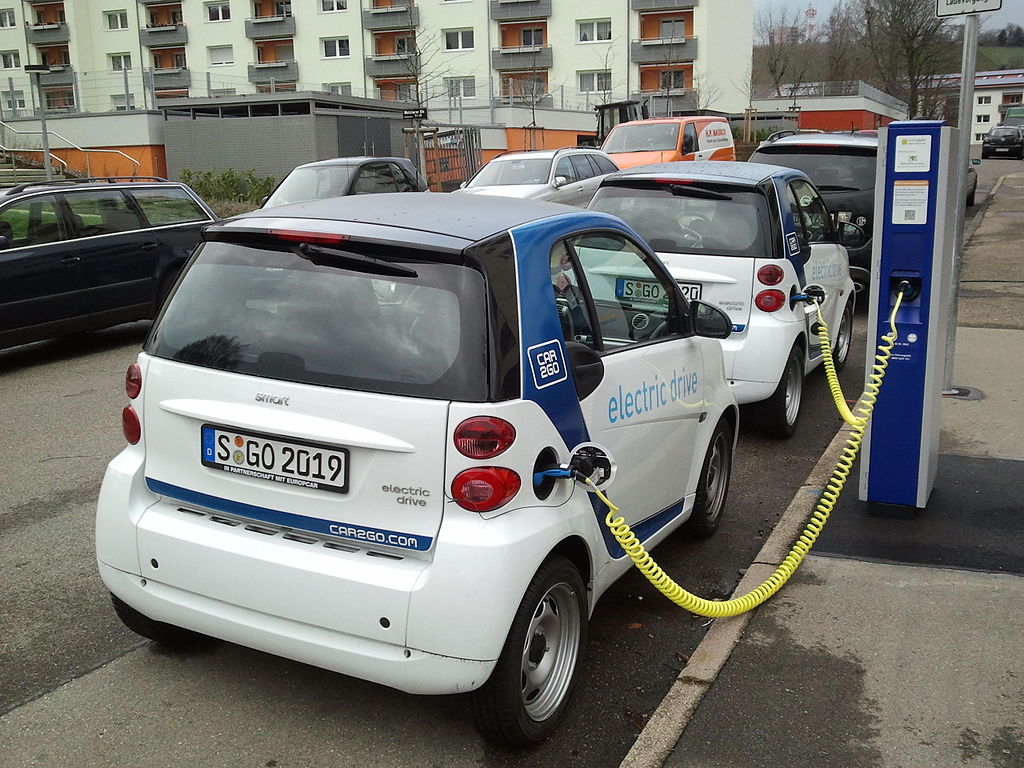

Biomedical waste is a term used to describe waste that is generated from healthcare facilities, including hospitals, clinics, and laboratories. This type of waste can be hazardous to human health and the environment if not managed properly. The purpose of this article is to explore the environmental impact of biomedical waste and to discuss ways to reduce it.
Contents
Environmental Impact of Biomedical Waste
The improper management of biomedical waste can lead to negative consequences for the environment. When this waste is not disposed of properly, it can cause pollution of soil, water, and air. Additionally, it can pose health risks to humans and animals. This is particularly true when medical waste is not properly segregated, treated, and disposed of.
Types of Biomedical Waste
Biomedical waste can be divided into several categories, including sharps, infectious waste, pathological waste, and pharmaceutical waste. Examples of sharps include needles, syringes, and scalpels. Infectious waste includes items that have come into contact with infectious agents, such as blood and other bodily fluids. Pathological waste includes human or animal tissues and organs, while pharmaceutical waste includes expired or unused medications.
Methods of Biomedical Waste Management
Effective biomedical waste management involves the proper segregation, handling, and disposal of waste. Healthcare facilities must develop procedures to ensure that waste is properly labeled, stored, transported, and disposed of. Technologies such as autoclaving, incineration, and chemical treatment can be used to treat medical waste. Best practices for biomedical waste management include regular training and education of staff, the use of personal protective equipment, and proper documentation of waste management activities.
Importance of Reducing Biomedical Waste
Reducing the amount of biomedical waste generated is crucial for protecting public health and the environment. By reducing the amount of waste that is generated, healthcare facilities can also save on disposal costs. In addition, reducing the amount of biomedical waste can also help to reduce the carbon footprint of healthcare facilities.
Strategies for Reducing Biomedical Waste
There are several strategies that can be used to reduce the amount of biomedical waste generated. One approach is to reduce waste at the source by using alternative products or procedures that generate less waste. For example, using reusable gowns and drapes instead of disposable ones can reduce the amount of waste generated. Another approach is to use alternative technologies for treatment and disposal, such as microwave or ozone treatment. Education and awareness campaigns can also be effective in reducing biomedical waste.
Case Studies of Successful Biomedical Waste Reduction in Houston
Several healthcare facilities in Houston have implemented successful waste reduction programs. Medical waste disposal Houston has reduced the amount of medical waste generated by 22 percent by implementing a waste segregation and recycling program.
implementing a waste segregation and recycling program
One Hospital implemented a waste segregation and recycling program that has reduced the amount of medical waste generated by 22 percent. The program involves the segregation of waste at the source, including the use of color-coded bins for different types of waste. The program also includes a recycling component, which has resulted in the recycling of approximately 6,500 pounds of waste per month. The hospital has saved over $250,000 annually on disposal costs.
Using a medical waste treatment technology
Another Medical Center uses a medical waste treatment technology that converts waste into non-hazardous material. The technology uses a combination of microwave and mechanical treatment to sterilize the waste and convert it into a dry, non-hazardous material. This process reduces the volume of waste byup to 90 percent and eliminates the need for incineration. The technology has also reduced the transportation costs associated with medical waste disposal.
Reducing medical waste through product standardization and waste audits
Another Health System has reduced medical waste disposal through product standardization and waste audits. The health system implemented a program to standardize the products used in patient care to reduce the variety of products that could generate medical waste. Additionally, the system conducted waste audits to identify areas where waste could be reduced, and established a program to recycle paper and cardboard waste. As a result, the health system has reduced its medical waste by 20 percent, resulting in significant cost savings.
Results and Benefits of Waste Reduction Programs
The results of these waste reduction programs have been positive. Not only have the healthcare facilities reduced the amount of waste generated, but they have also saved money on disposal costs. In addition, these programs have had a positive impact on the environment and public health. By reducing the amount of biomedical waste that is generated, healthcare facilities can reduce their carbon footprint and protect the environment. Additionally, by properly managing biomedical waste, healthcare facilities can reduce the risk of exposure to infectious agents and protect the health of staff and patients.
Conclusion
The environmental impact of biomedical waste is significant, but there are strategies that can be used to reduce it. By implementing effective waste management practices and reducing the amount of waste generated, healthcare facilities can protect public health and the environment, as well as save money on disposal costs. The successful waste reduction programs in Houston provide an excellent example of how this can be accomplished. By working together, healthcare facilities and individuals can make a positive impact on the environment and reduce the negative impact of biomedical waste. It is crucial for healthcare facilities to prioritize waste reduction and implement effective waste management practices to protect the environment and public health.



